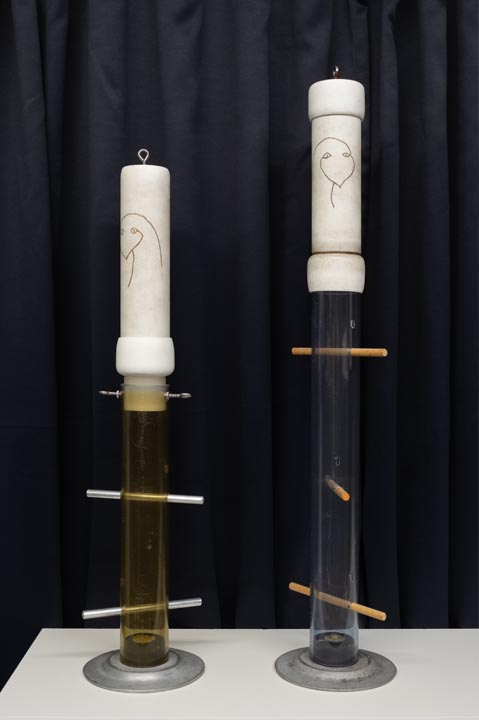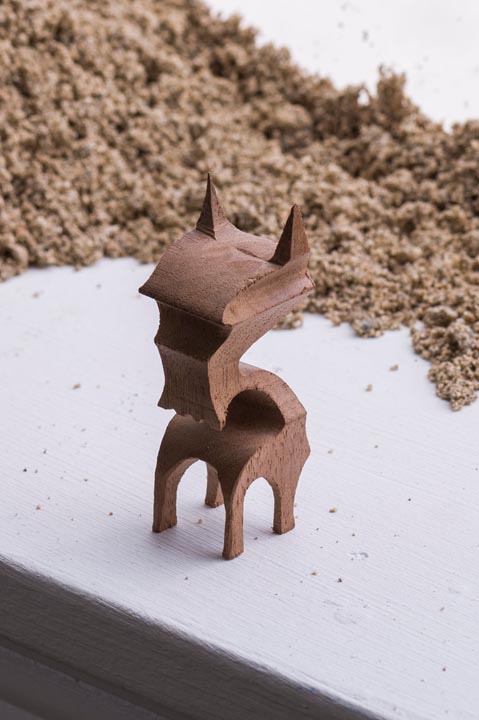OFLUXO
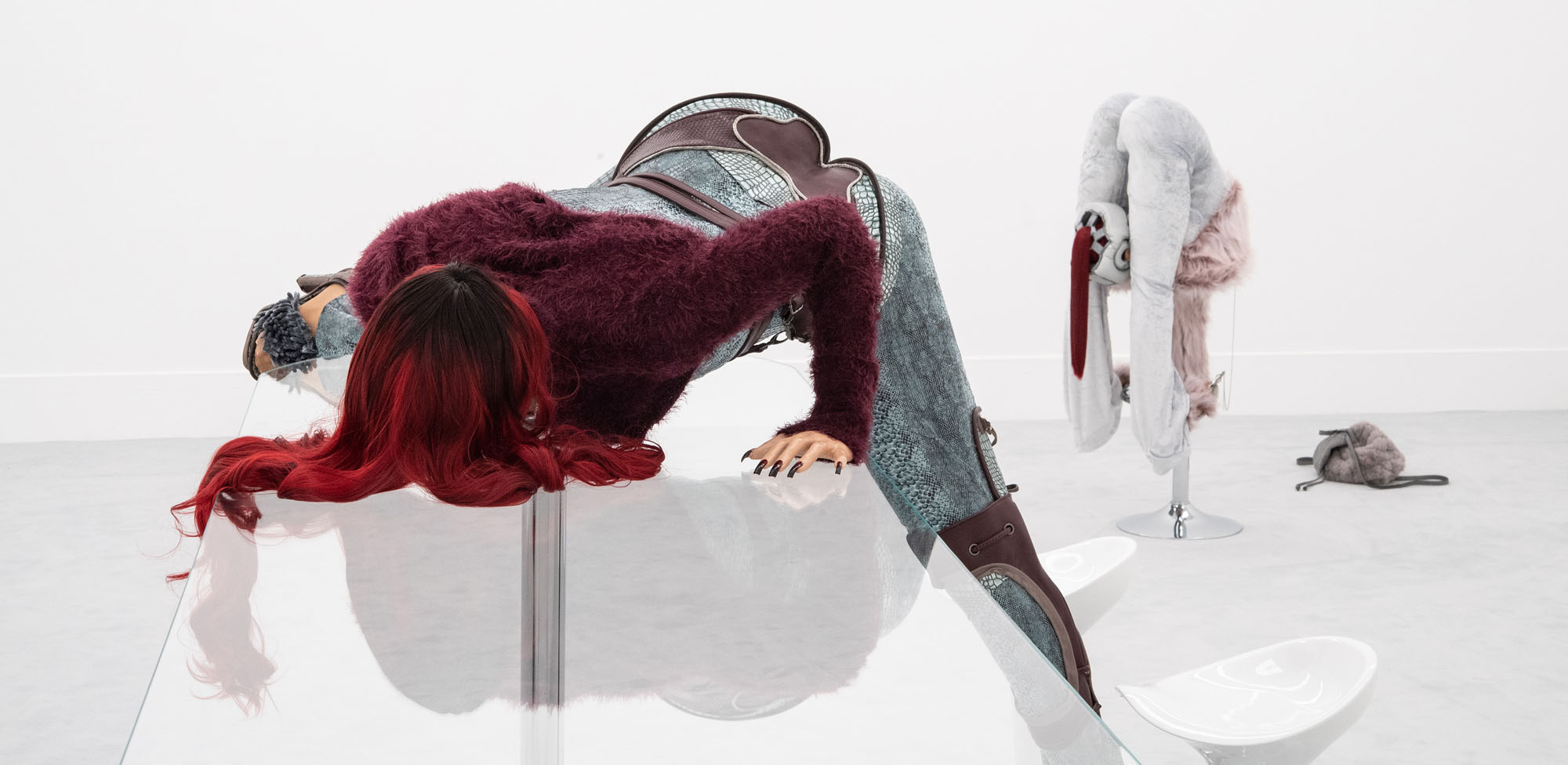
Power Play
Anna Uddenberg
Curated by Susanne Kleine
At Bundeskunsthalle, Bonn, Germany
Apr 5 – Sep 22, 2019
Anna Uddenberg’s sculptures and their staging within the exhibition space – conceived here as a kind of synthesis of the arts – seduce from the start and cajole our senses with their perfection, forms and colourfulness. The visitor nevertheless quickly understands that the artist thinks far beyond the haptic surface and provides in-depth ‘arguments’ on both a conceptual and visual level.
Uddenberg focuses on the social conventions and norms of our often-excessive consumer culture and questions obsolete habits of thought and visual perception, as well as our notion of mental and physical mobility. She analyses social systems as well as, above all, systems of representation and explicitly examines the roles, categorisations and stereotypes associated with women. The ‘typically feminine’ is defined in the present, in the media, and above all by the omnipresent flood of images posted by influencers in the social media – through the lens of the ‘feedback loop’ of the social media, the artist analyses existing inequalities and stereotypes of representation and thus makes an important contribution to the (to this day still essential) field of gender studies.
Her interest in femme-ininity as figuration (what is referred to here is not the ostensibly natural femininity of the body, but its ‘translated’ staging) is directed in particular towards gender-based injustices and ‘skewed’ power relations in everyday life. In connection with this, the outdated notion of the typified female being (motivated by the desire to please, to be an active listener, to be flexible, attractive and willing to adapt) is renegotiated, and the question as to which thought processes can be triggered when these role specifications are exaggerated in an almost absurd way is addressed artistically.
By identifying, distorting, ironizing and exacerbating particular components, structures and stereotypes generally associated with comfort and cosiness, thus also emphasising a fetish character of ‘goods’, the artist turns conventional readings of femininity upside down and demonstrates that these encodings serve the enjoyment of others, and that femininity is often still associated with exploitation – here as well, reference is made to the viral #MeToo debate.
Uddenberg’s exaggeration of the female body and her method of constructing it as a synthesis of ready-mades and handmade objects hold up a mirror to modern society. Her visually irritating and often surprising works challenge us to question the norms and values of our time. With greatly overstretched bodies, their seemingly flawless figures – as a revealing expression of a twenty-first century image of women – offer an almost acrobatic still life in space and a dense, strained narrative that questions our exaggerated notions of perfection.
This conceptual approach also determines Uddenberg’s works associated with seating furniture. Haptically appealing, aesthetically sophisticated and perfectly crafted, these works, which at first glance suggest functionality, comfort, luxury and security, prove on closer inspection to be a cryptic extract of the figurations with abstract additions – they appear to be a reduction of gender-specific representation and take the engagement with the representation of female identity that underlies Uddenberg’s oeuvre to a new level. In combination with each other, the sculptures offer a convincing Power Play in the exhibition space designed specifically for them.
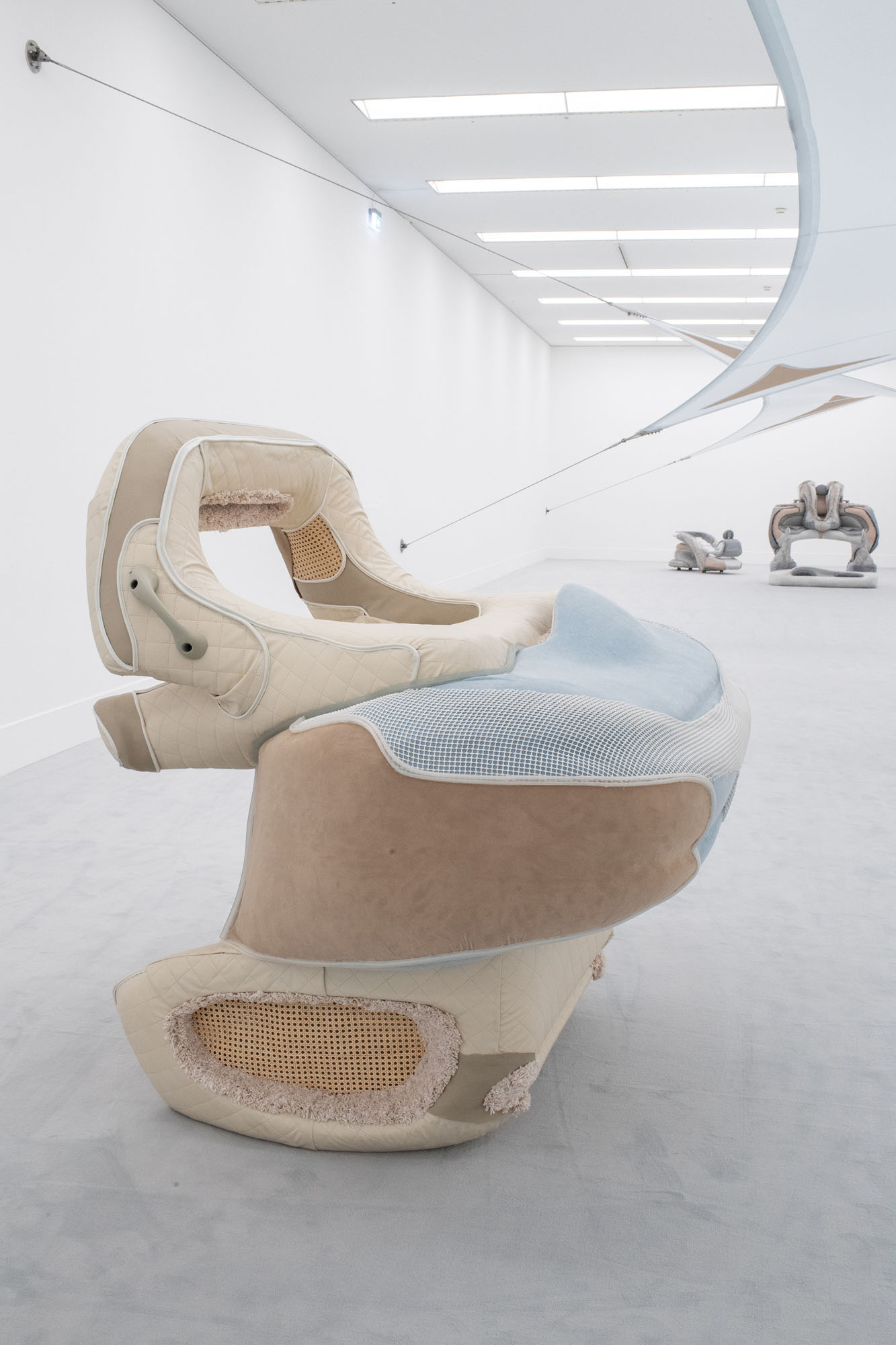
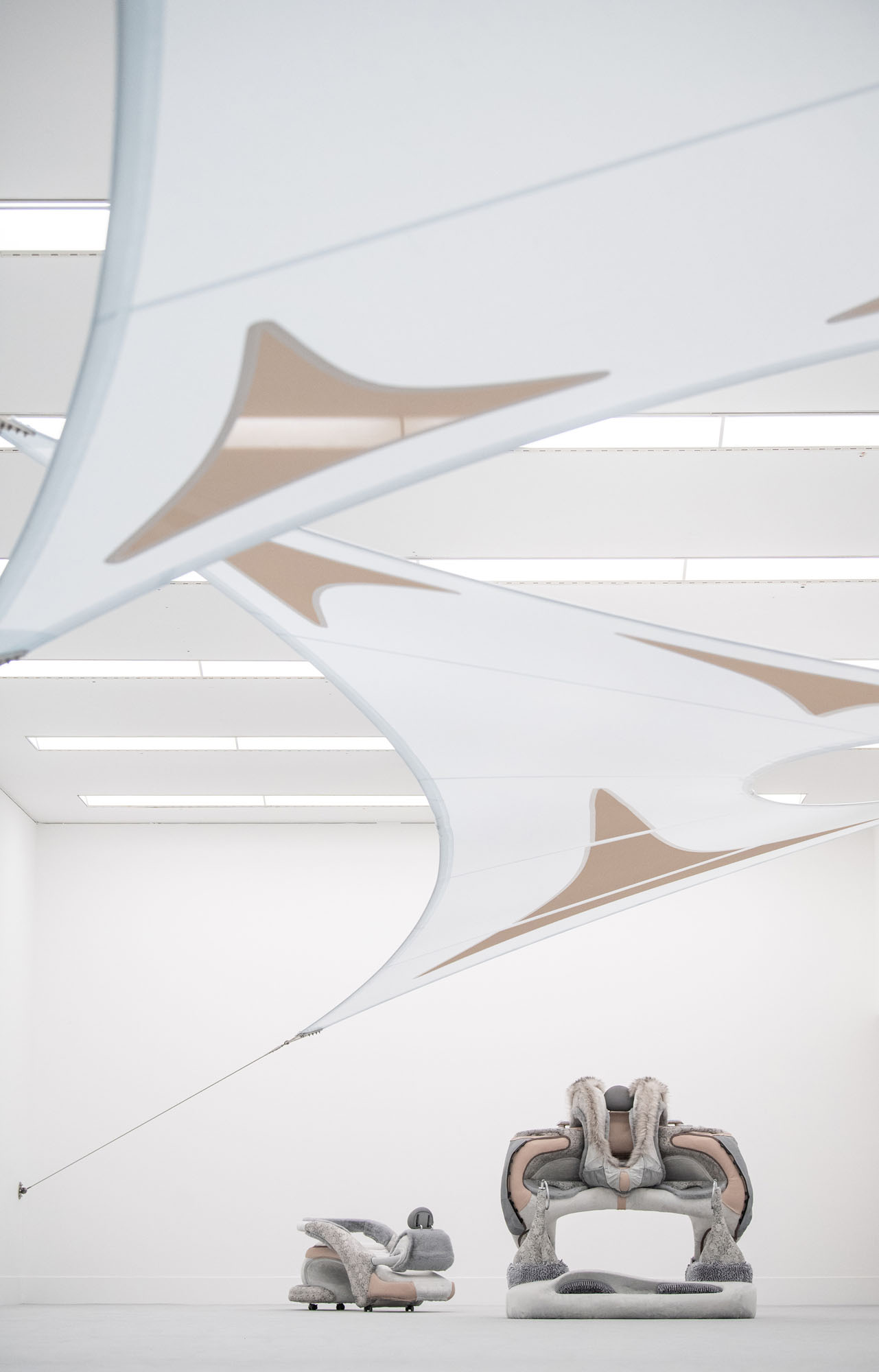
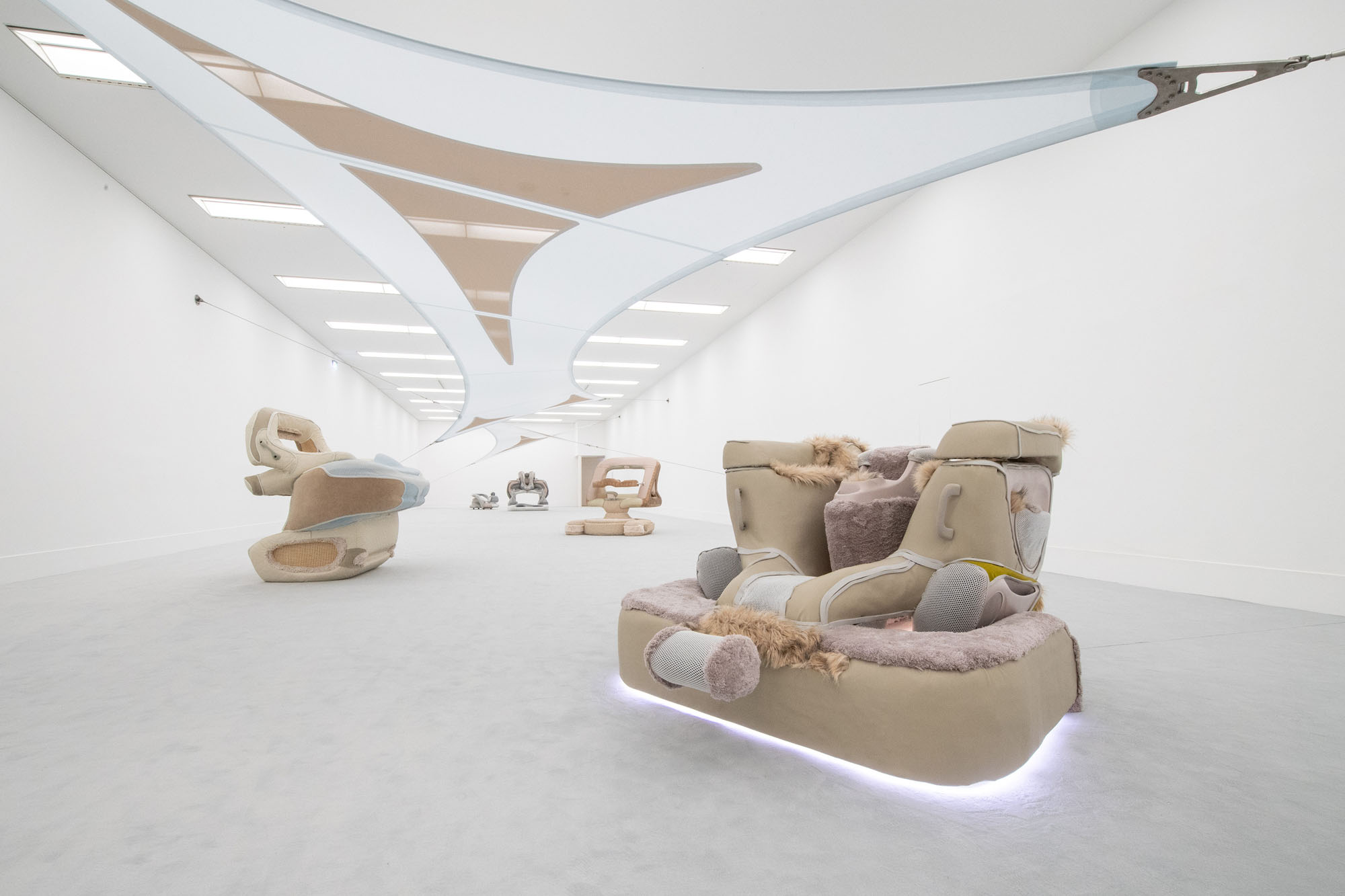
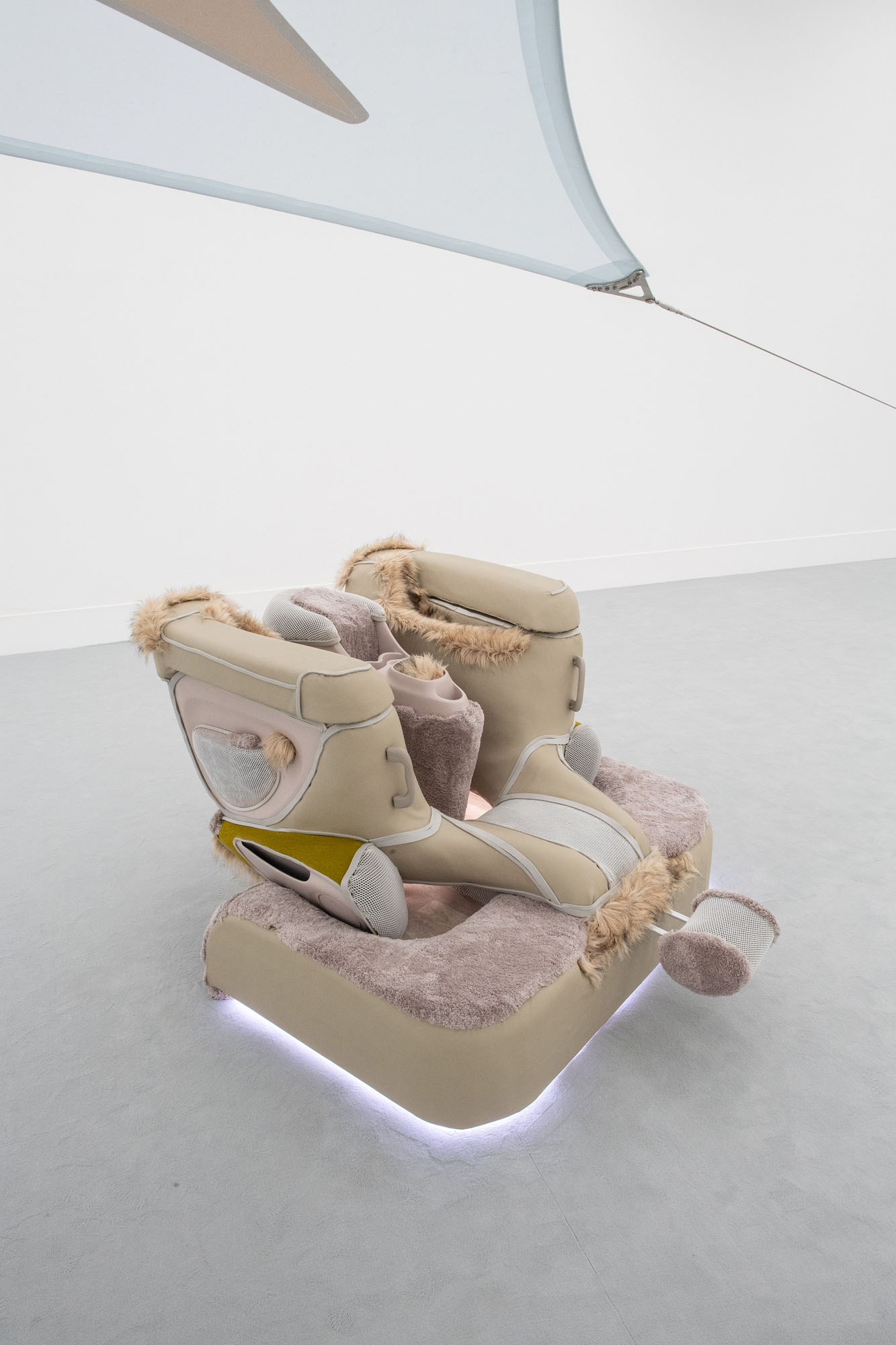
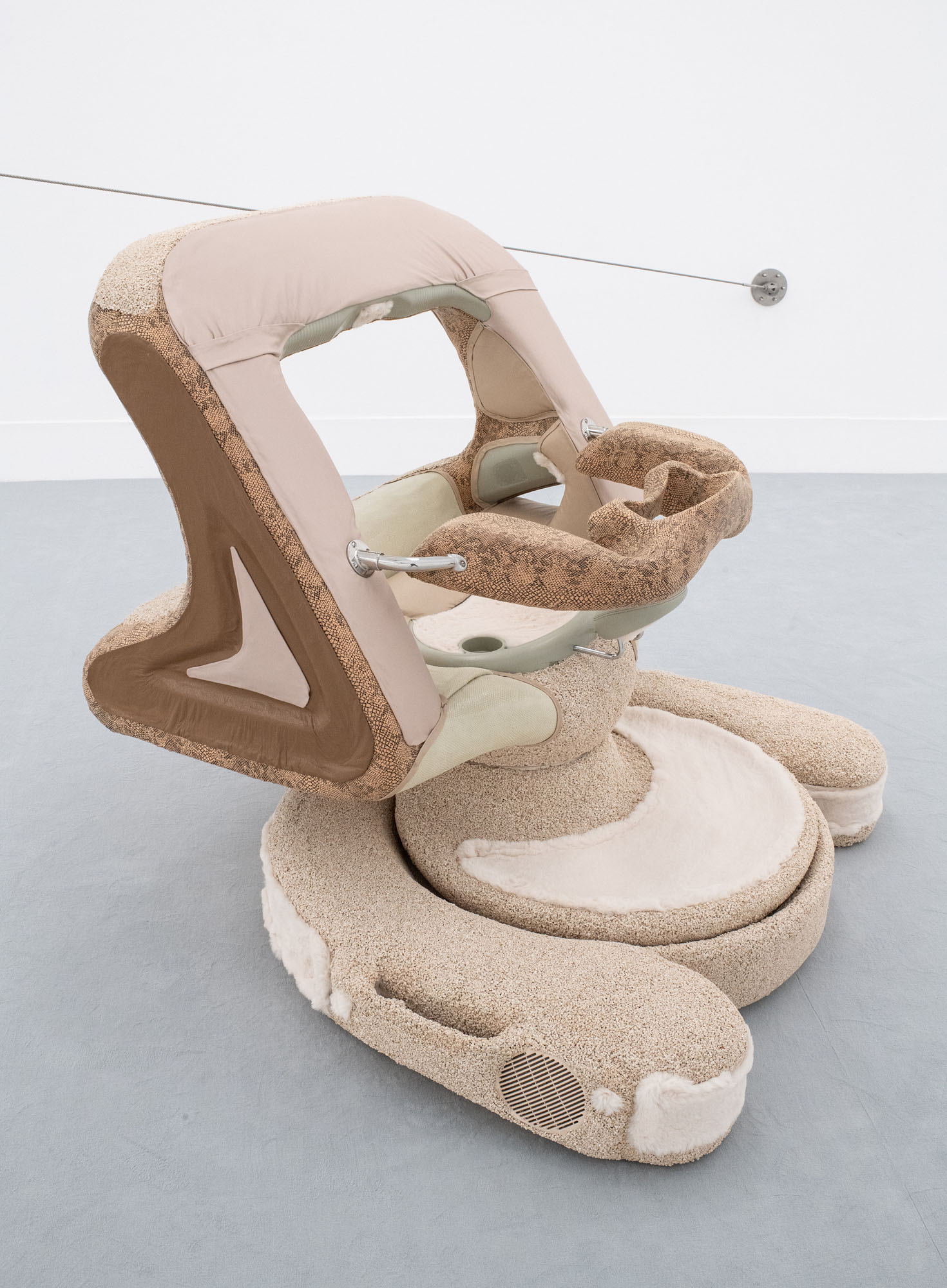
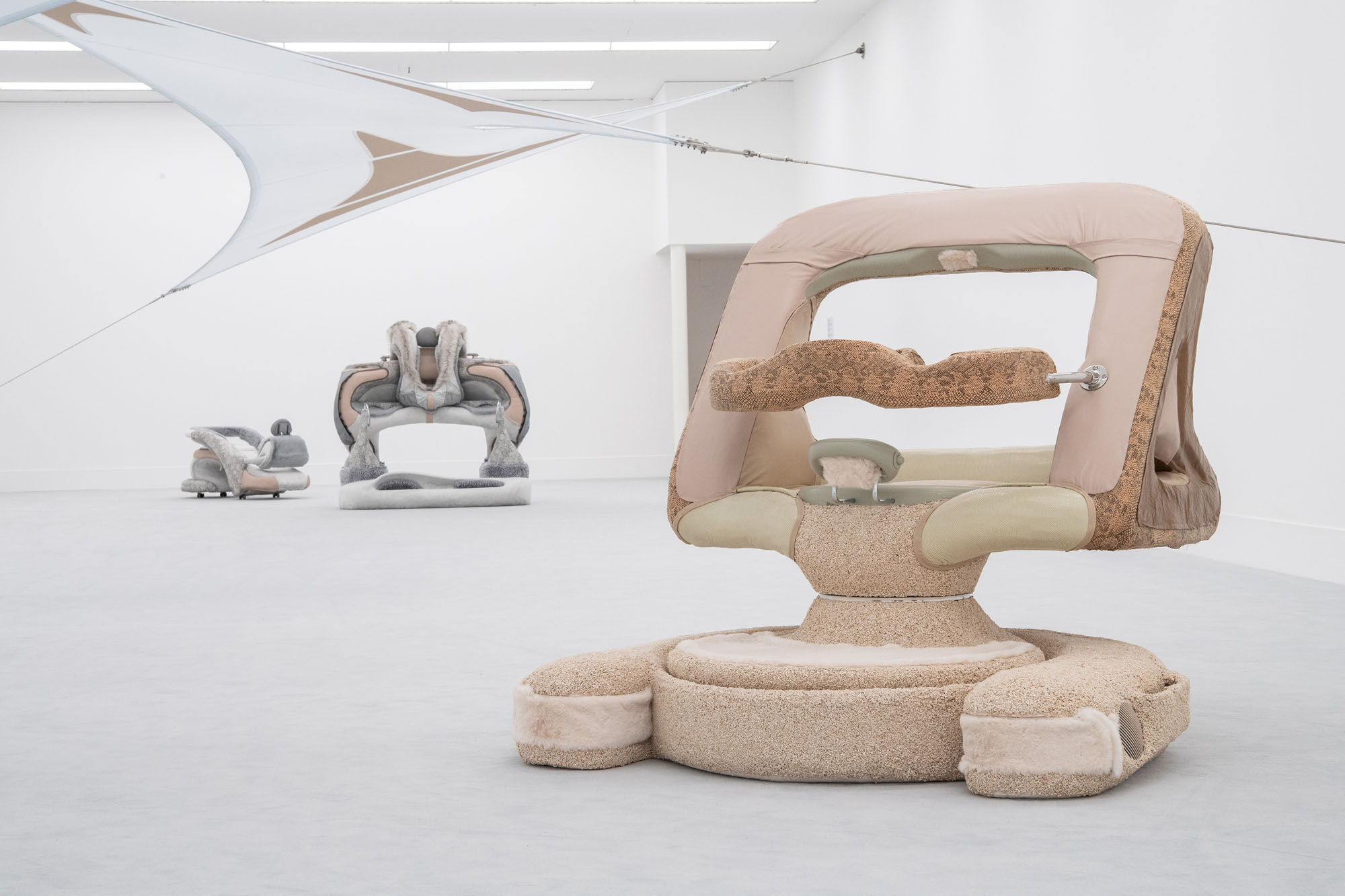
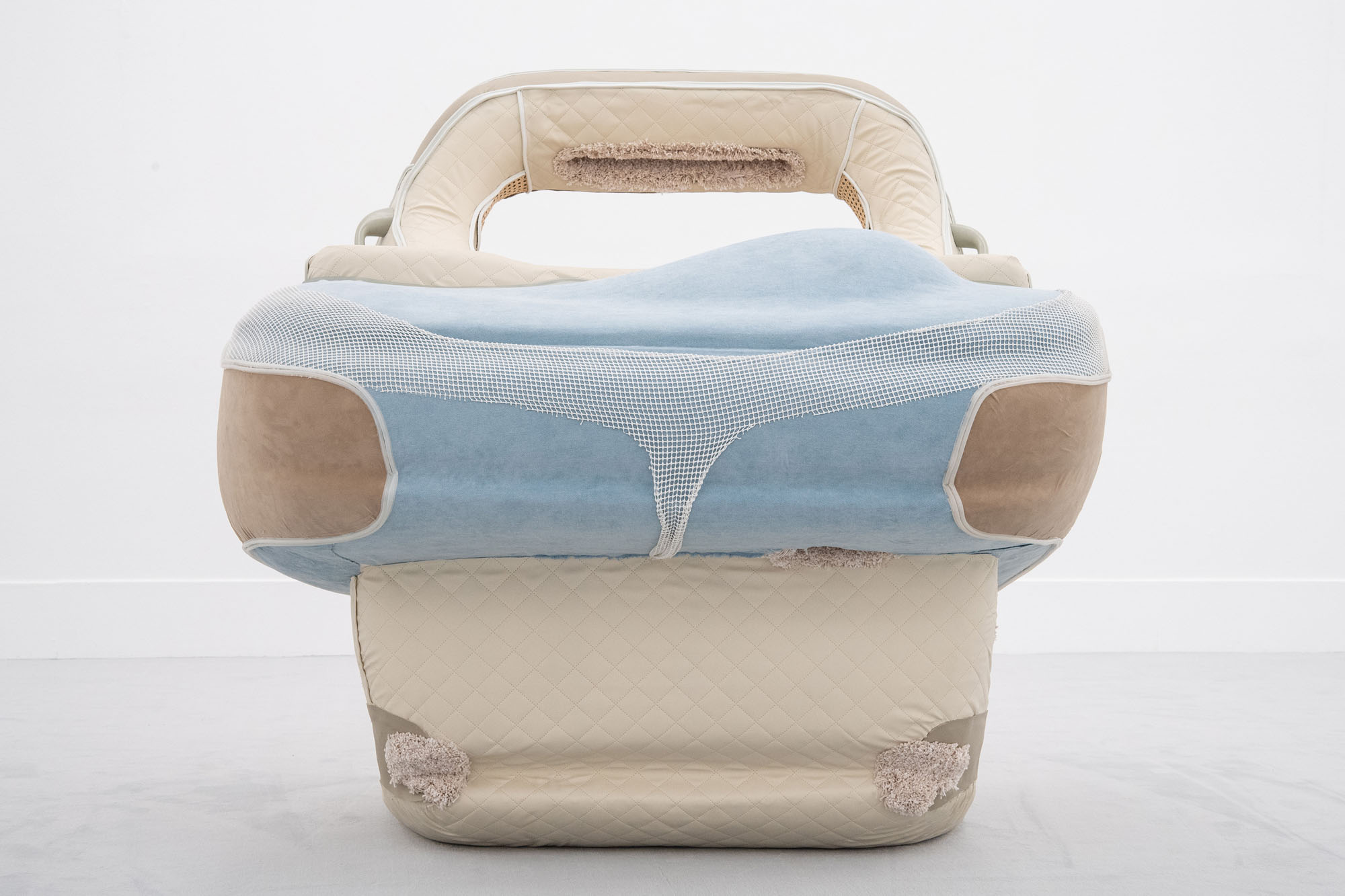
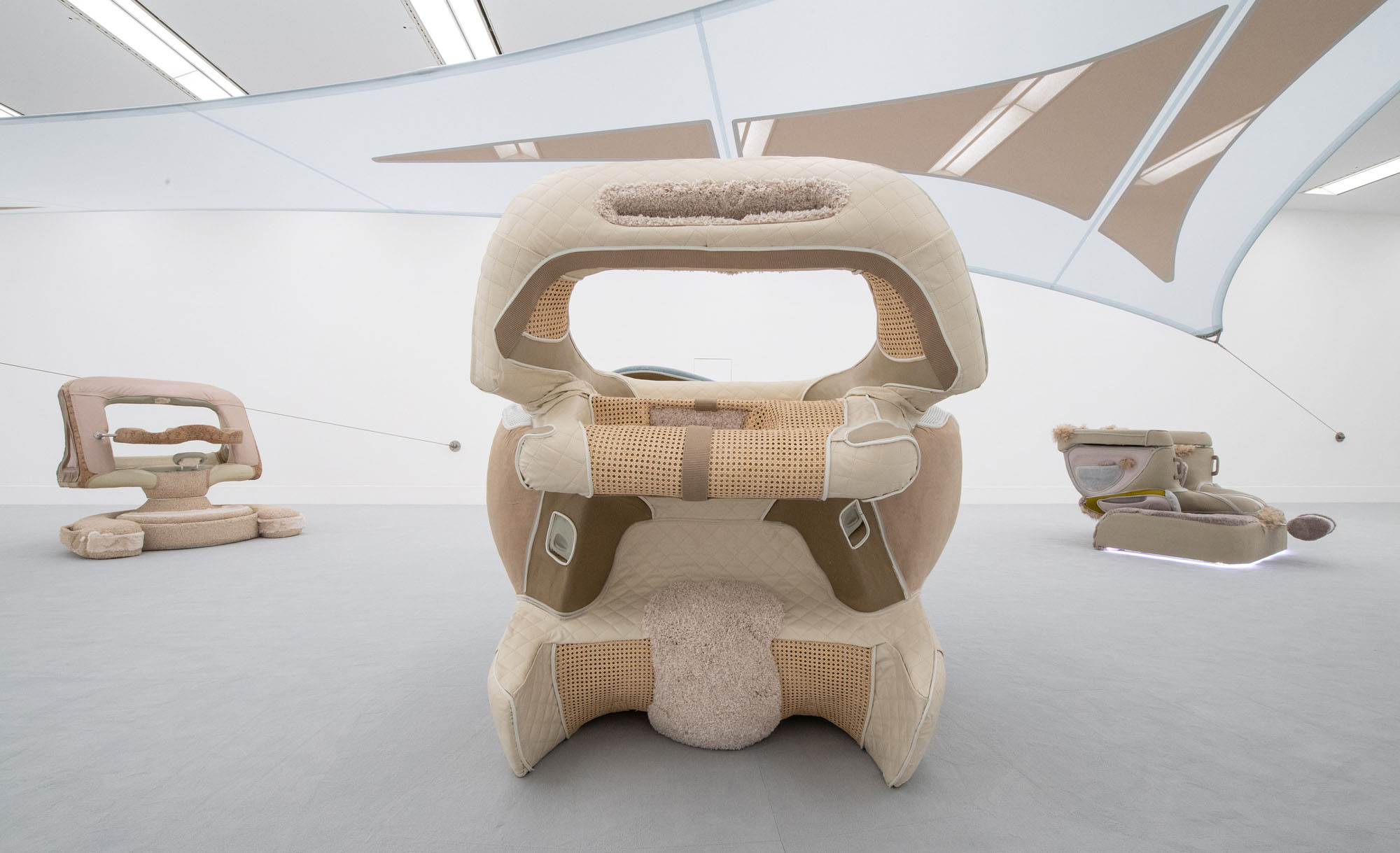
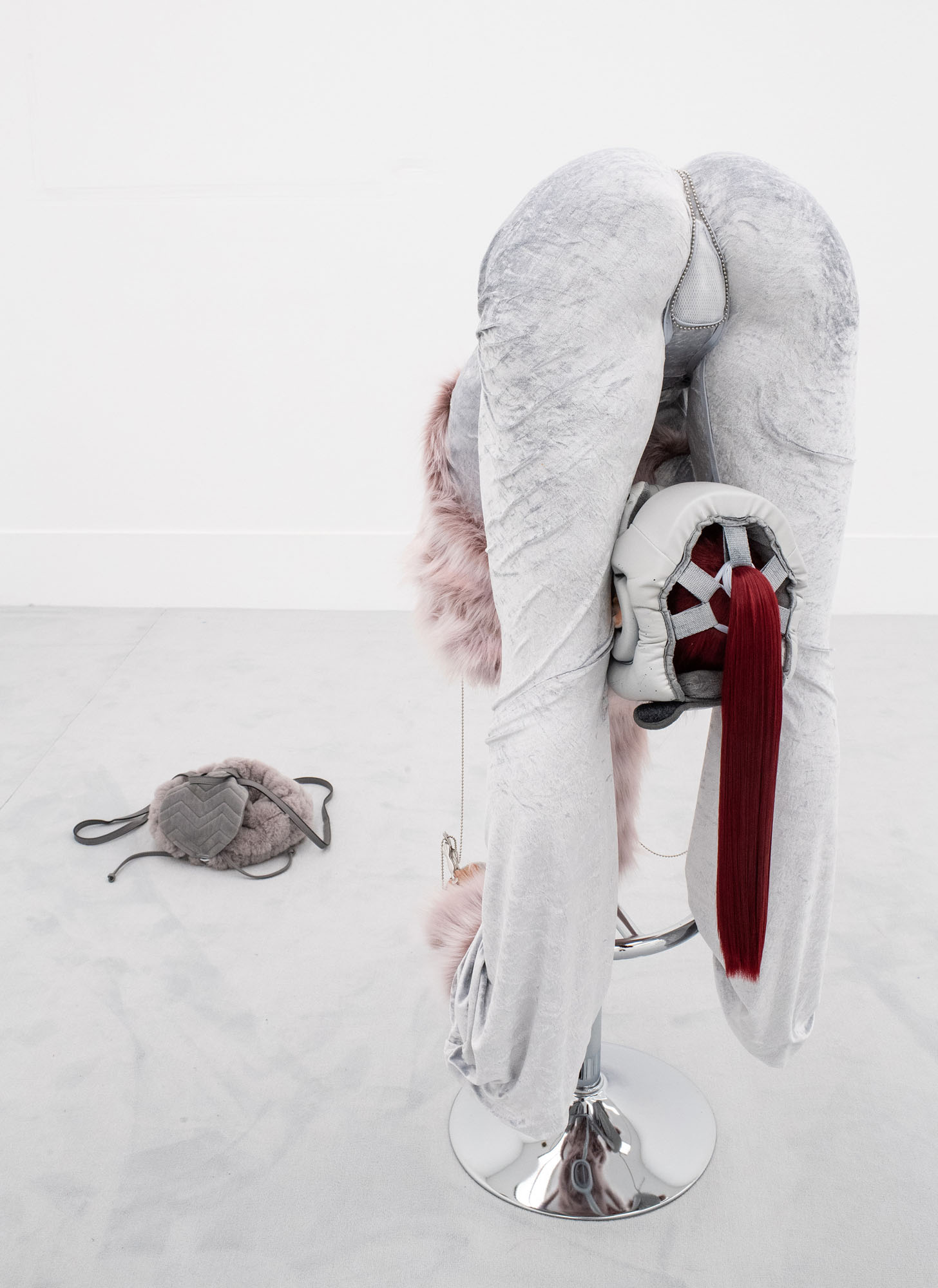

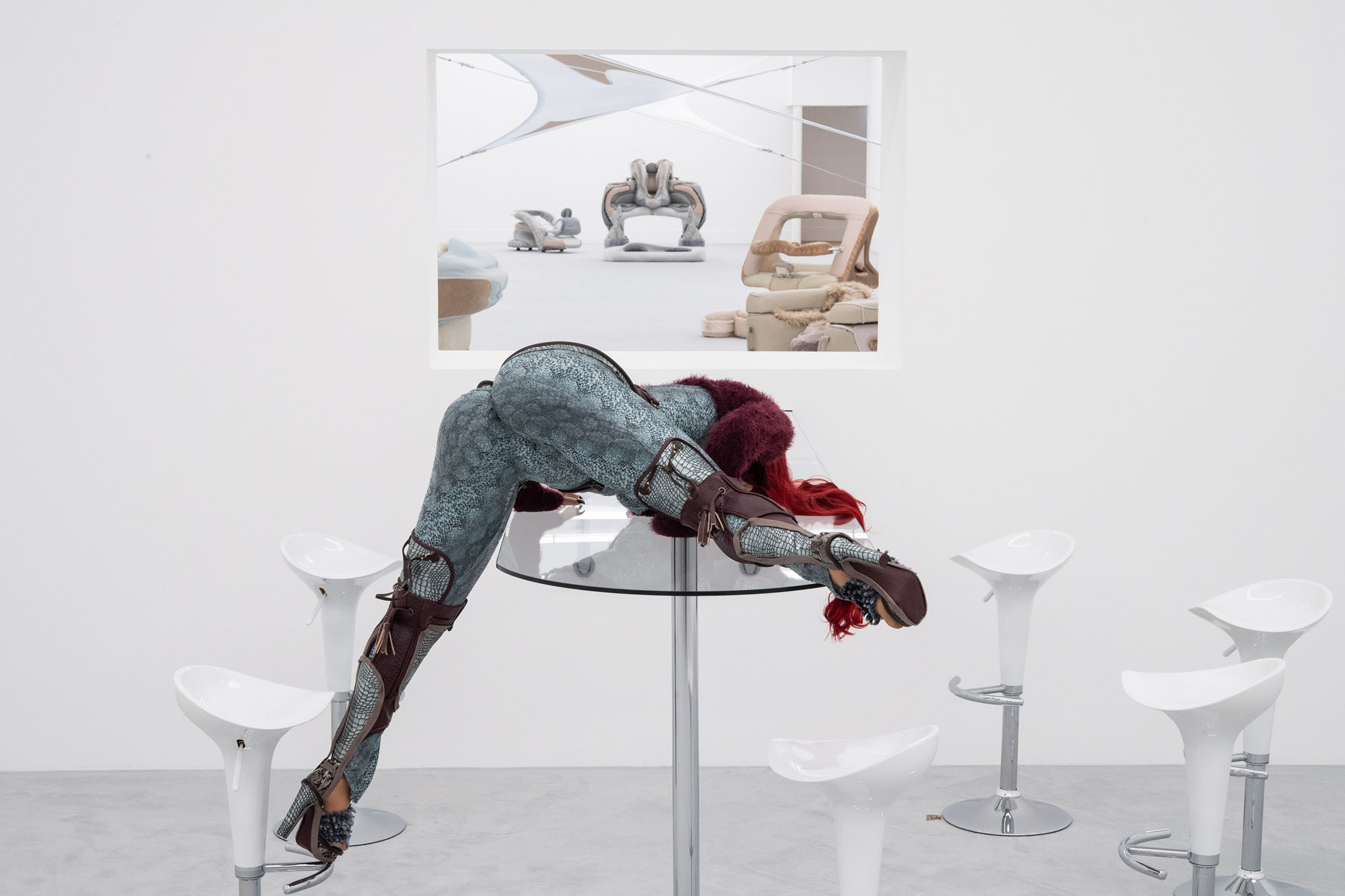
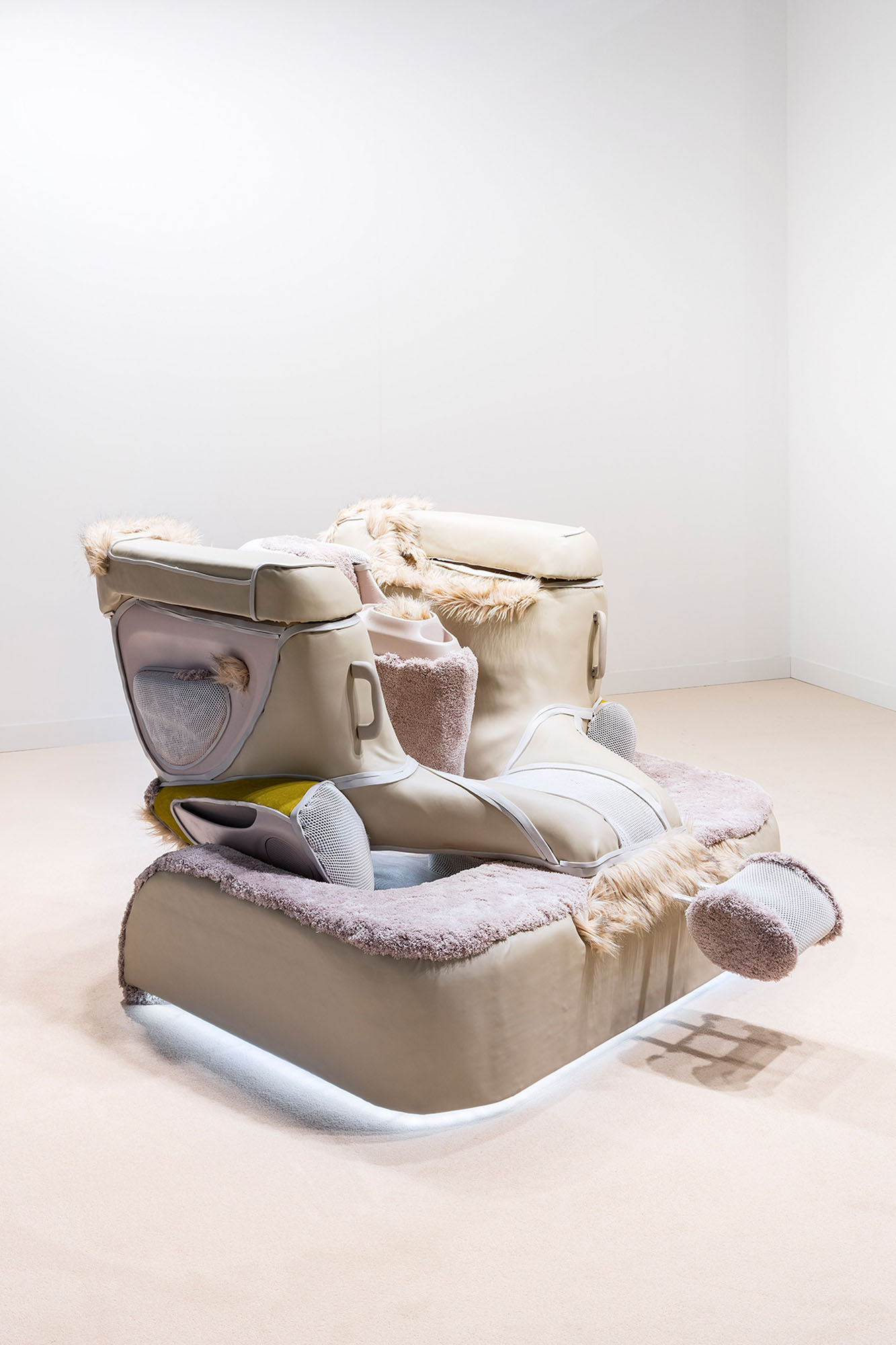
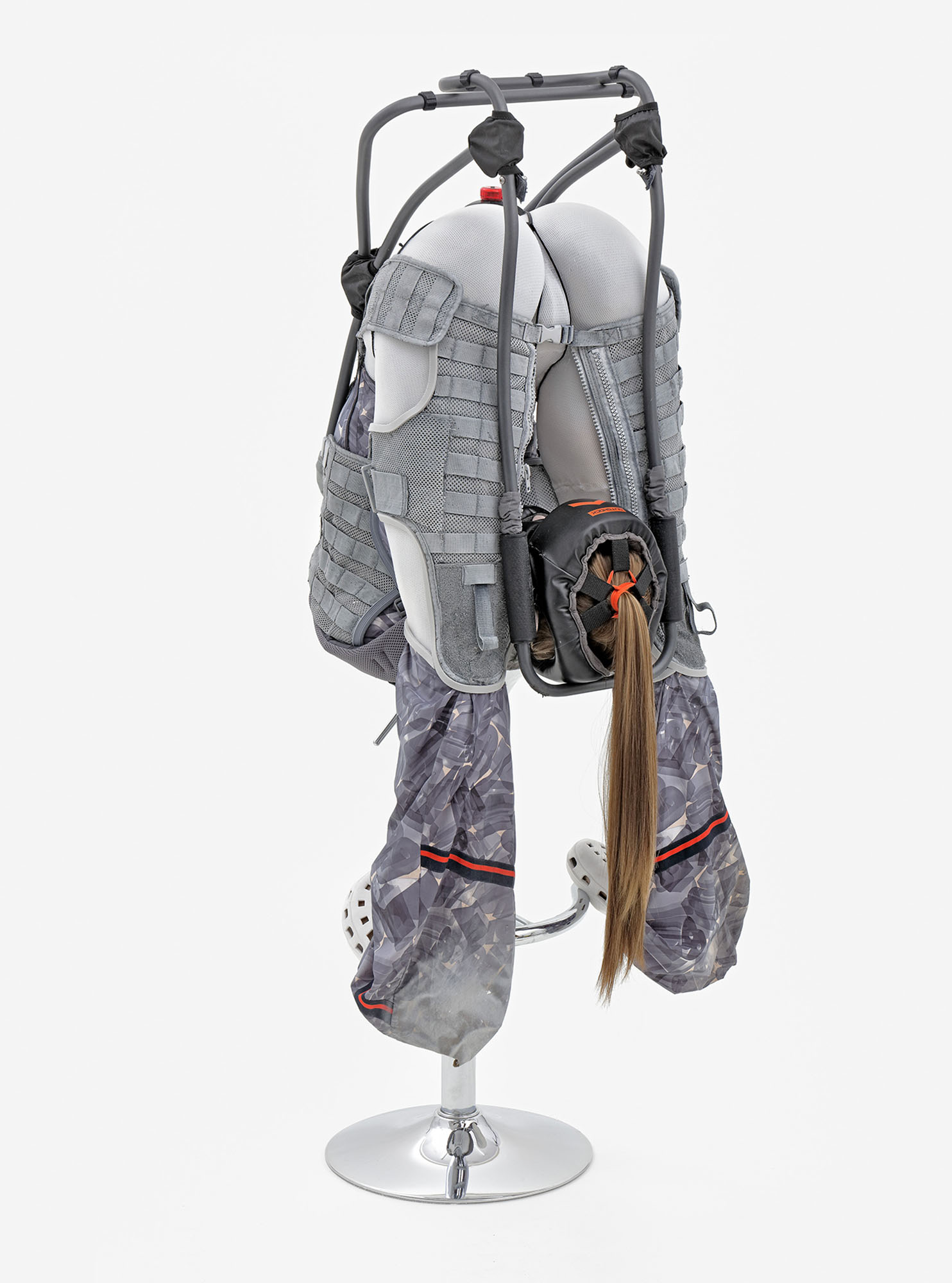
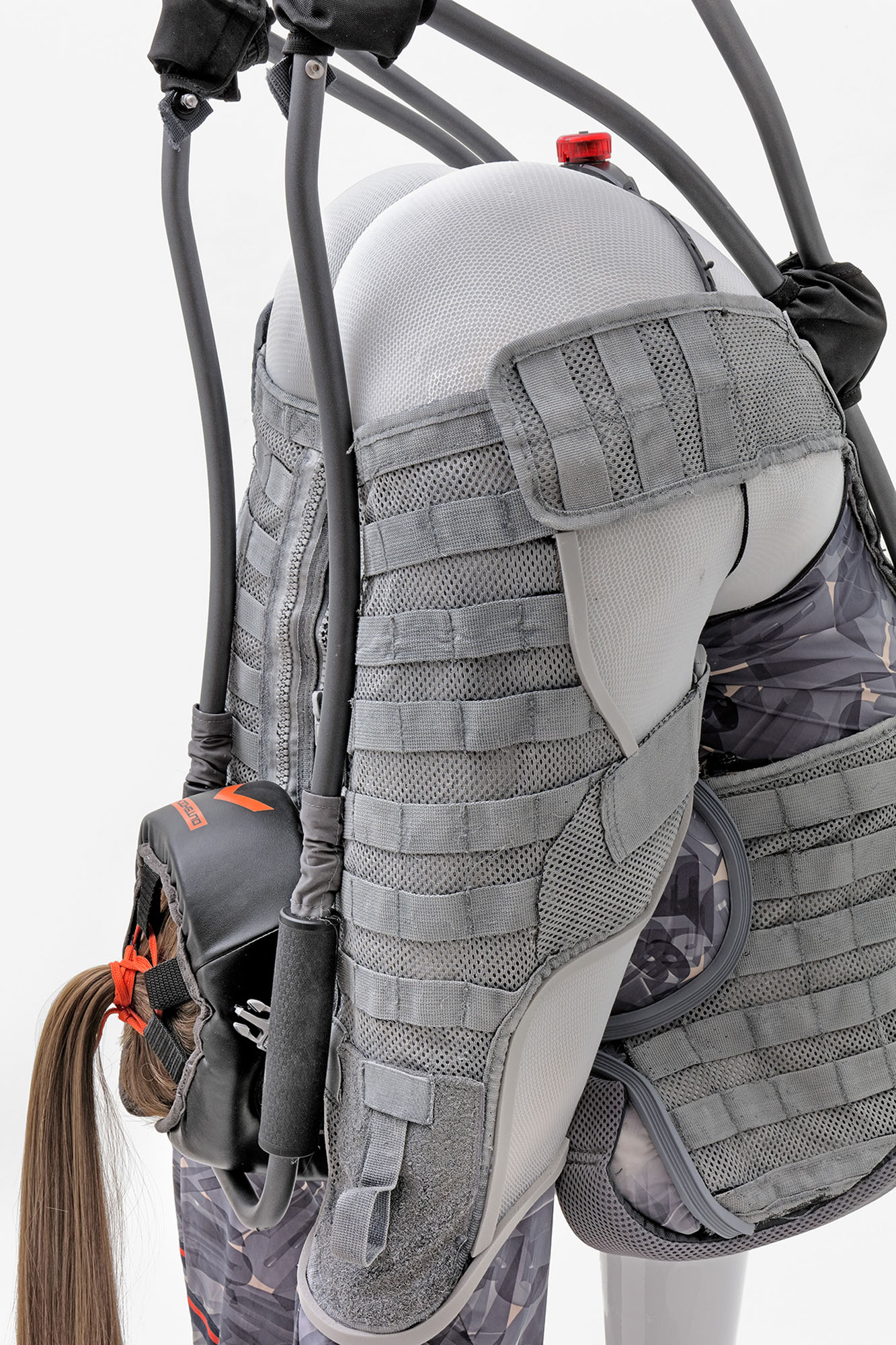
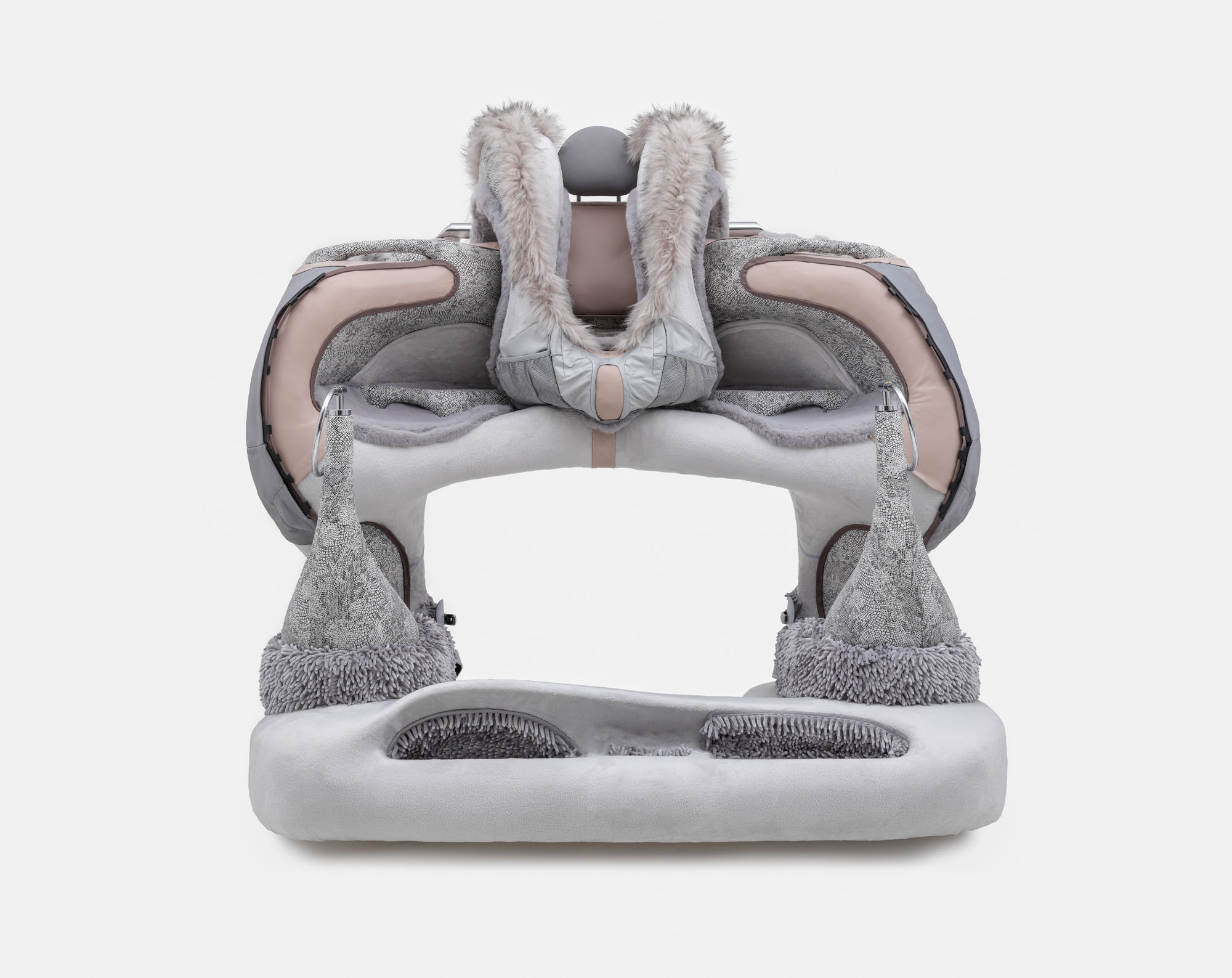
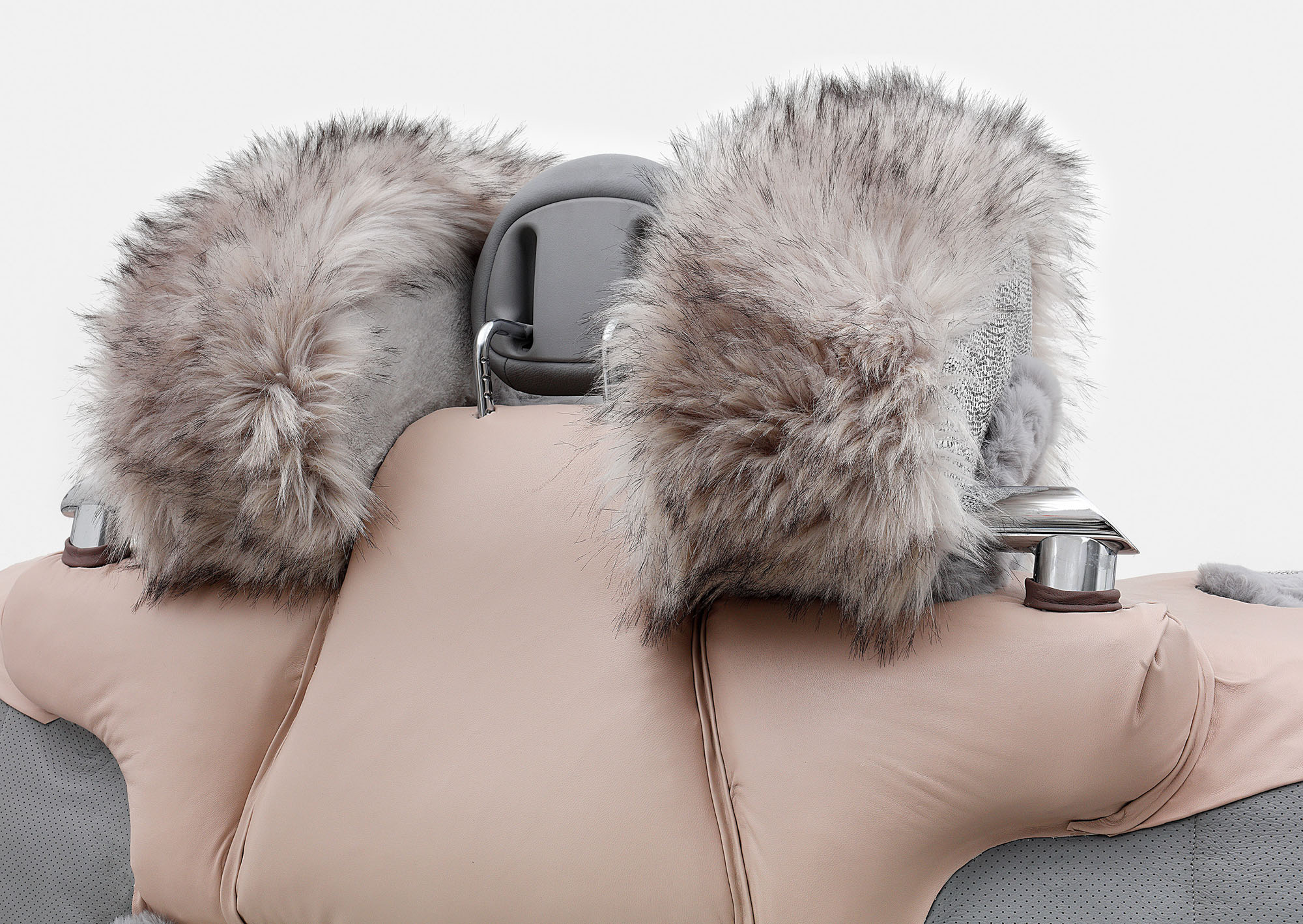
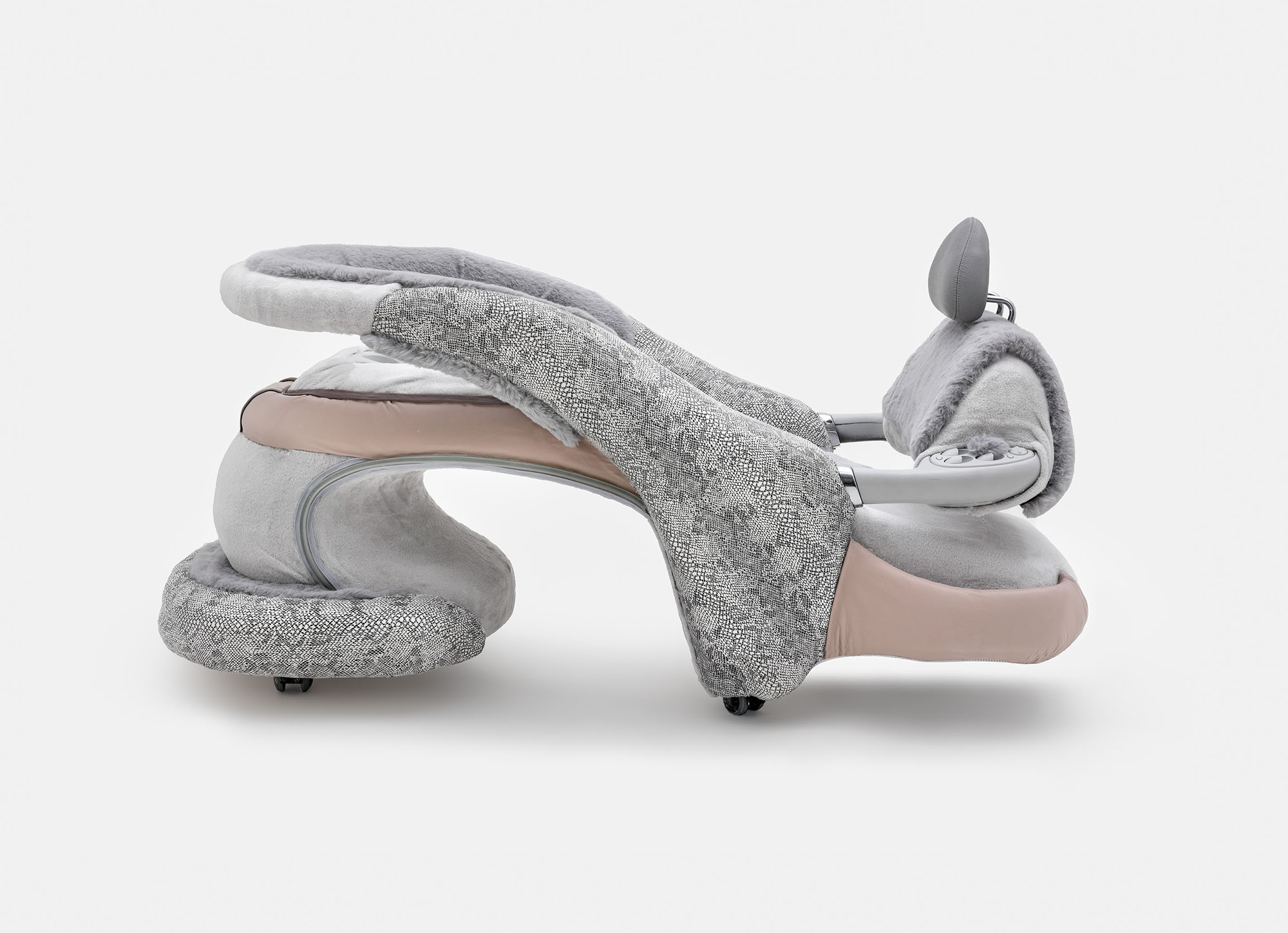
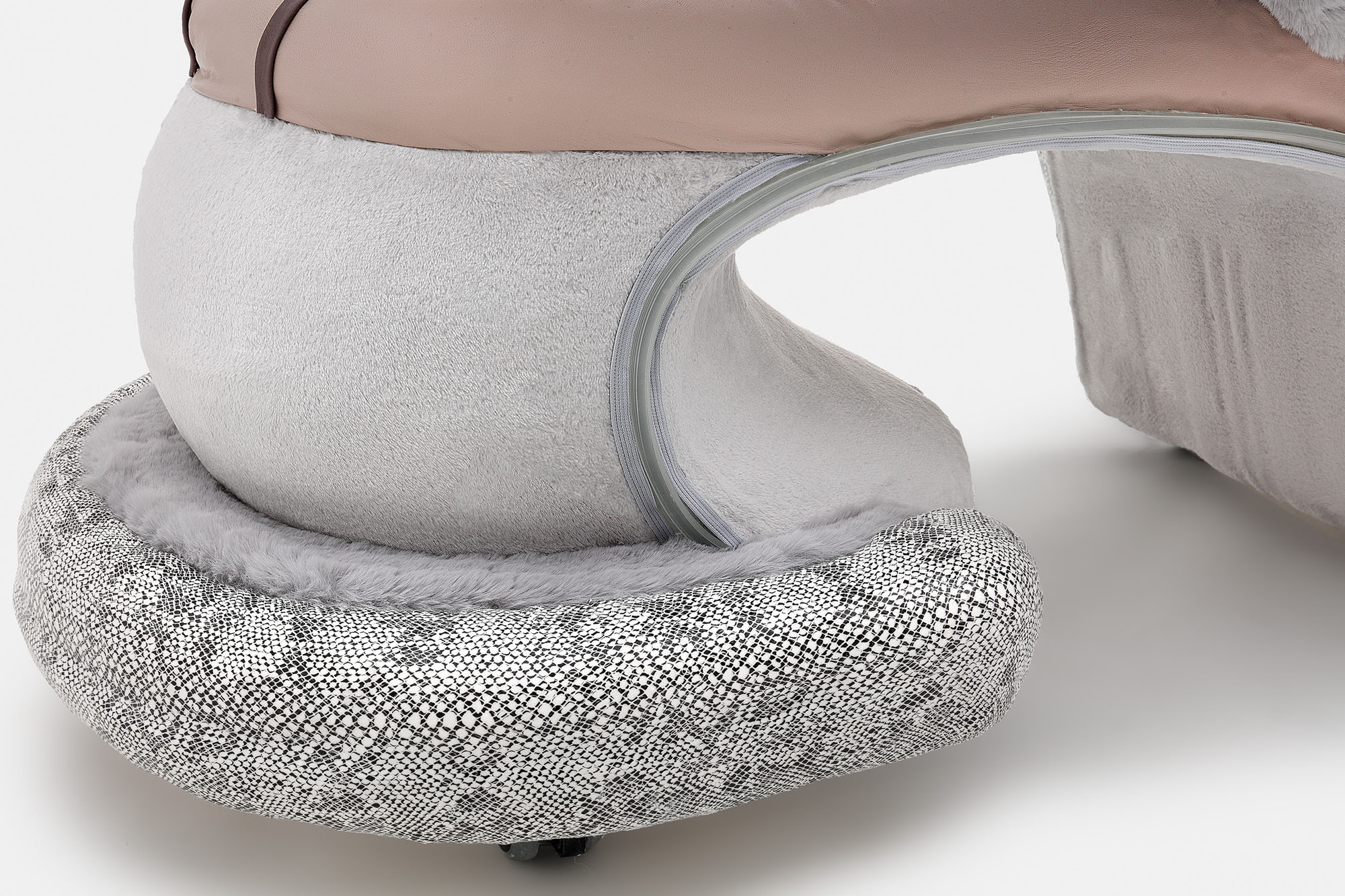
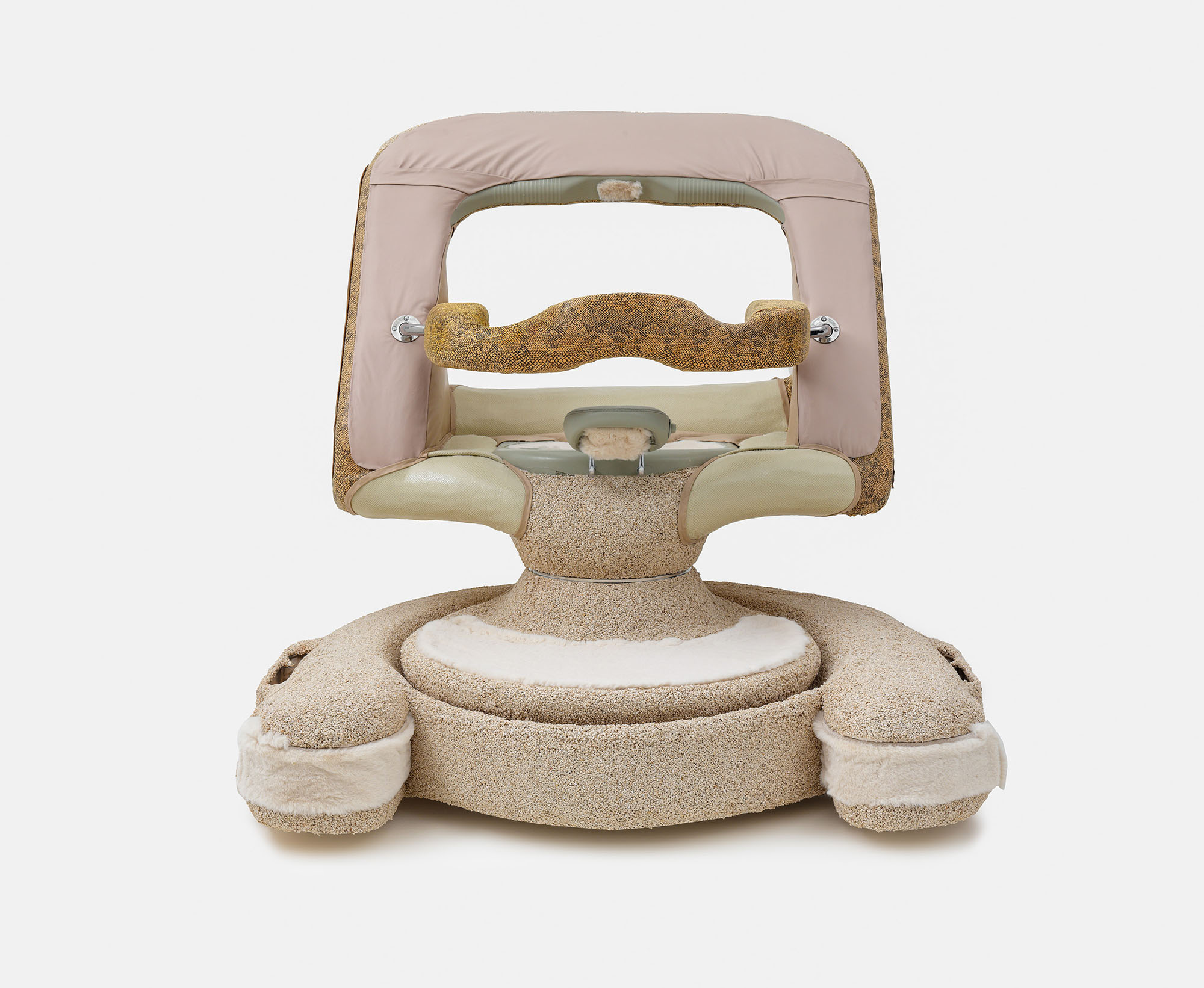
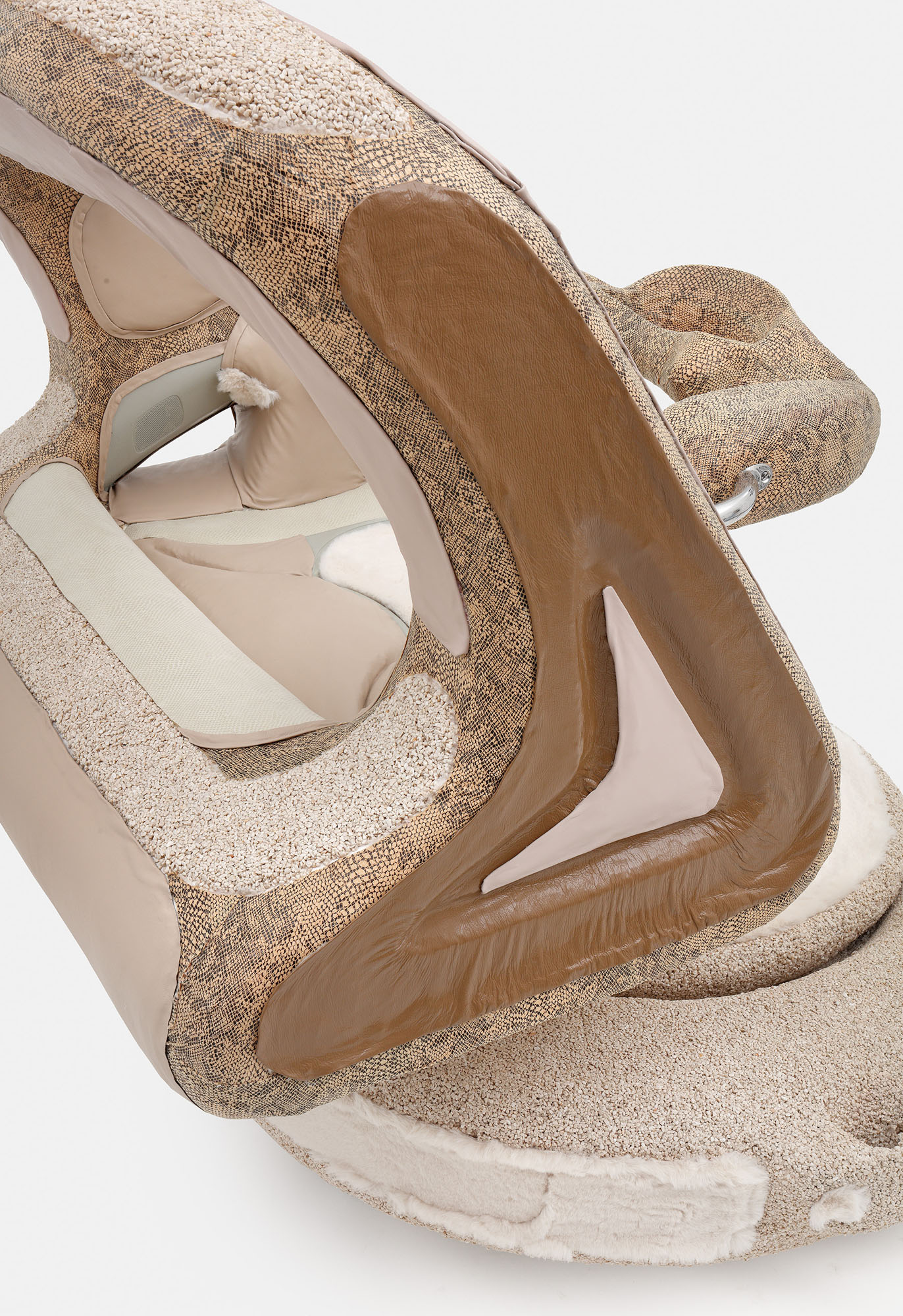
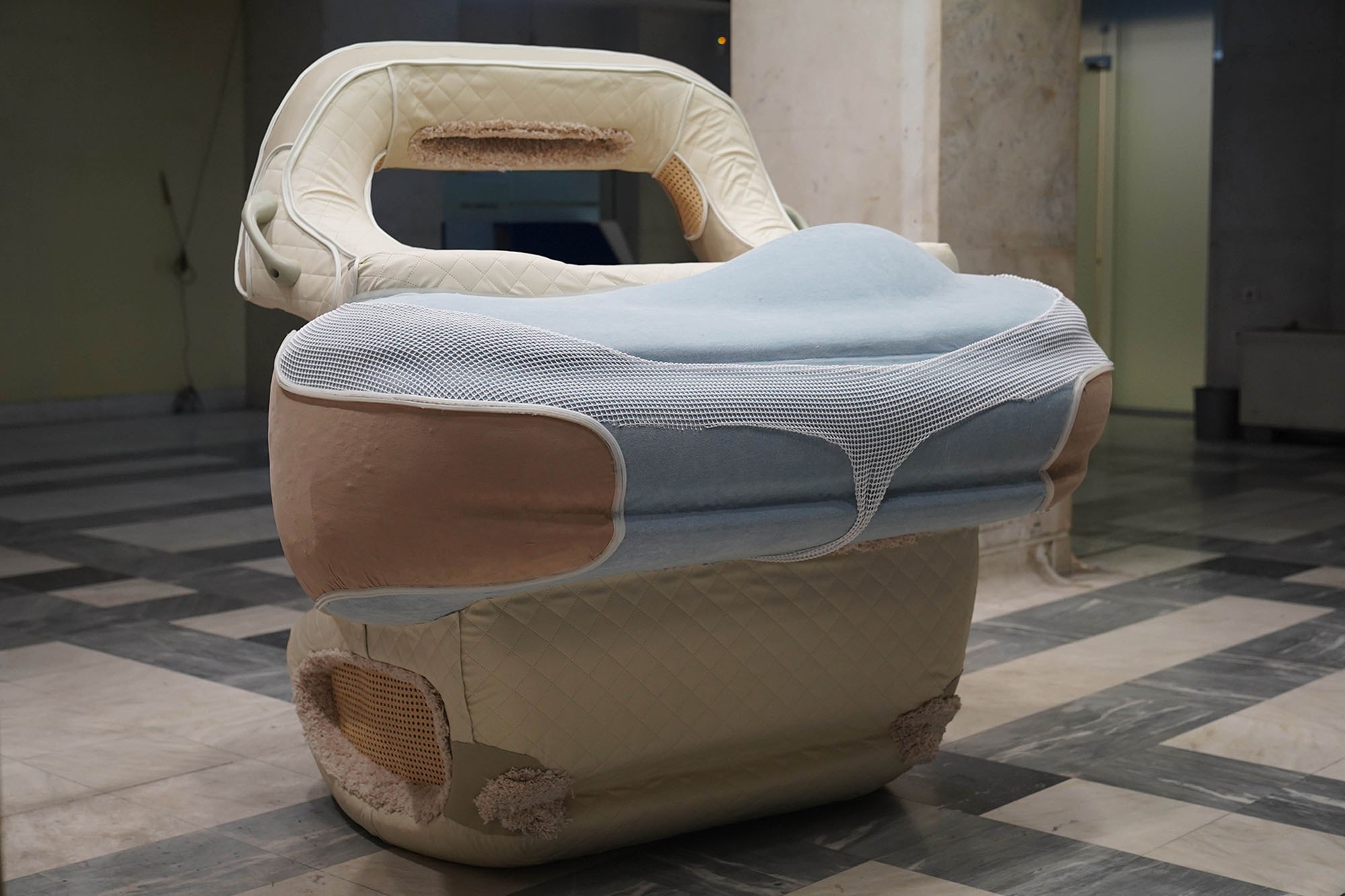
Power Play
Anna Uddenberg
Curated by Susanne Kleine
At Bundeskunsthalle, Bonn, Germany
April 5 – September 22, 2019
Bundeskunsthalle
Previous Articles
OFLUXO is proudly powered by WordPress


